Few fictional characters have permeated the pop culture landscape quite as much as Bram Stoker‘s iconic Prince of Darkness, Dracula. Since the gothic horror novel’s publication 125 years ago, Bram Stoker’s Dracula has been adapted into numerous plays, comics, audio dramas, movies, video games, and more. Notable versions in comics include Marvel’s Tomb of Dracula and Alex di Campi and Erica Henderson‘s Dracula, Motherf**ker!
Now in 2022, for the first time in history, a member of the Stoker family has taken pen to paper to write an official comic book continuation of his famous relative’s classic novel, but in the form of a brand new comic book series from fledgling UK Publisher, Scratch Comics. Bram Stoker’s Great Grand Nephew Dacre Stoker has teamed up with comics and games writer Dr. Chris McAuley and artists Chris Geary and Matthew John Soffe to tell the story of what happened directly after the end of the original novel, Dracula The Return: Cult of the White Worm, now crowdfunding on Zoop.
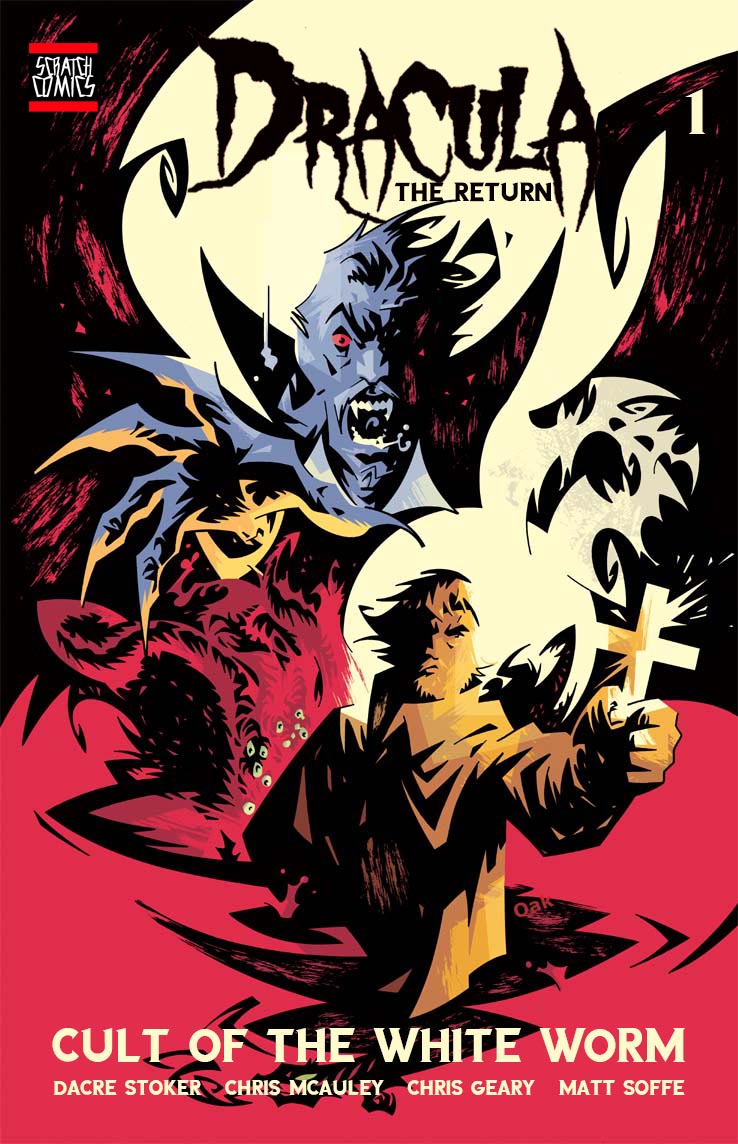
The Beat chatted with Stoker, McAuley, and Scratch Comic about bringing the Prince of Darkness to life for the 125th anniversary in comic book form, what’s next for the StokerVerse, as well as the enduring legacy of Stoker’s Dracula. Check it out below!
Rebecca Oliver Kaplan: It’s the 125th anniversary of the publication of Bram Stoker‘s Dracula. Have you always wanted to tell a Dracula story through comics?
Dacre Stoker: This is the second graphic novel resulting from my collaboration with Chris McAuley in the StokerVerse, the first was “The Virgins Embrace,” an adaptation of Bram’s short story “The Squaw” from 1893. Co-authoring that story with Chris really whetted my appetite for expressing Bram’s stories through this visual medium. I think Bram would approve, he was an amateur artist himself, and being a man of the theater, he did have an interest in the visual arts.
Kaplan: How did your collaboration with Dacre Stoker begin?
Chris McAuley: I had been asked by a friend to write a vampire short comic for their anthology 13th Moon. I wrote a sci-fi adventure starring Dracula. Set in the future, he had been kidnapped by a Weyland-Yutani style corporation and was being experimented on. Of course, it wasn’t long until he broke free and caused all manner of bloody havoc. I had reached out to the Bram Stoker Estate to ask if I could use the character in that way. I was very respectful towards Bram and his creation and would have used another vampire if they didn’t approve of it. Dacre had read the script, liked it, and asked me if I wanted to collaborate on a series of graphic novels linked to Bram’s short stories. This evolved into the creation of the StokerVerse.
Kaplan: Stoker’s last novel was The Lair of the White Worm, and as I understand it, is one of his most popular novels. Are there any similarities between Dracula The Return: Cult of The White Worm and Stoker’s twelfth novel beyond the name?
McAuley: The general feel and themes are there. We do create more of a Lovecraftian backstory to the character. The Worm (or Wyrm) is obviously still there, and the inferences to what Lady March actually was come out. I can’t say any more until the comic is released, but there is a link to the Worm and Dracula, which you will discover.
Kaplan: I was recently listening to a podcast where you discussed Nosferatu and the copyright infringement case brought by Florence Stoker (I had no idea!). How was Florence’s copyright case groundbreaking?
Stoker: To my knowledge, Florence’s copyright infringement was either the first or one of the first novel to movie copyright infringement cases. It took 2 1/2 years for it to move thru the German court system before she prevailed. The problem is that Prana Films claimed bankruptcy, so the court decided to have all copies of the film destroyed. This, of course, did not happen, the film had already been distributed to a number of countries. In a way, it all worked out in the end, Florence sold the film rights to Universal in 1930 and was paid very well, and the film Nosferatu survived to be re-mastered and enjoyed as a silent film even to this day.
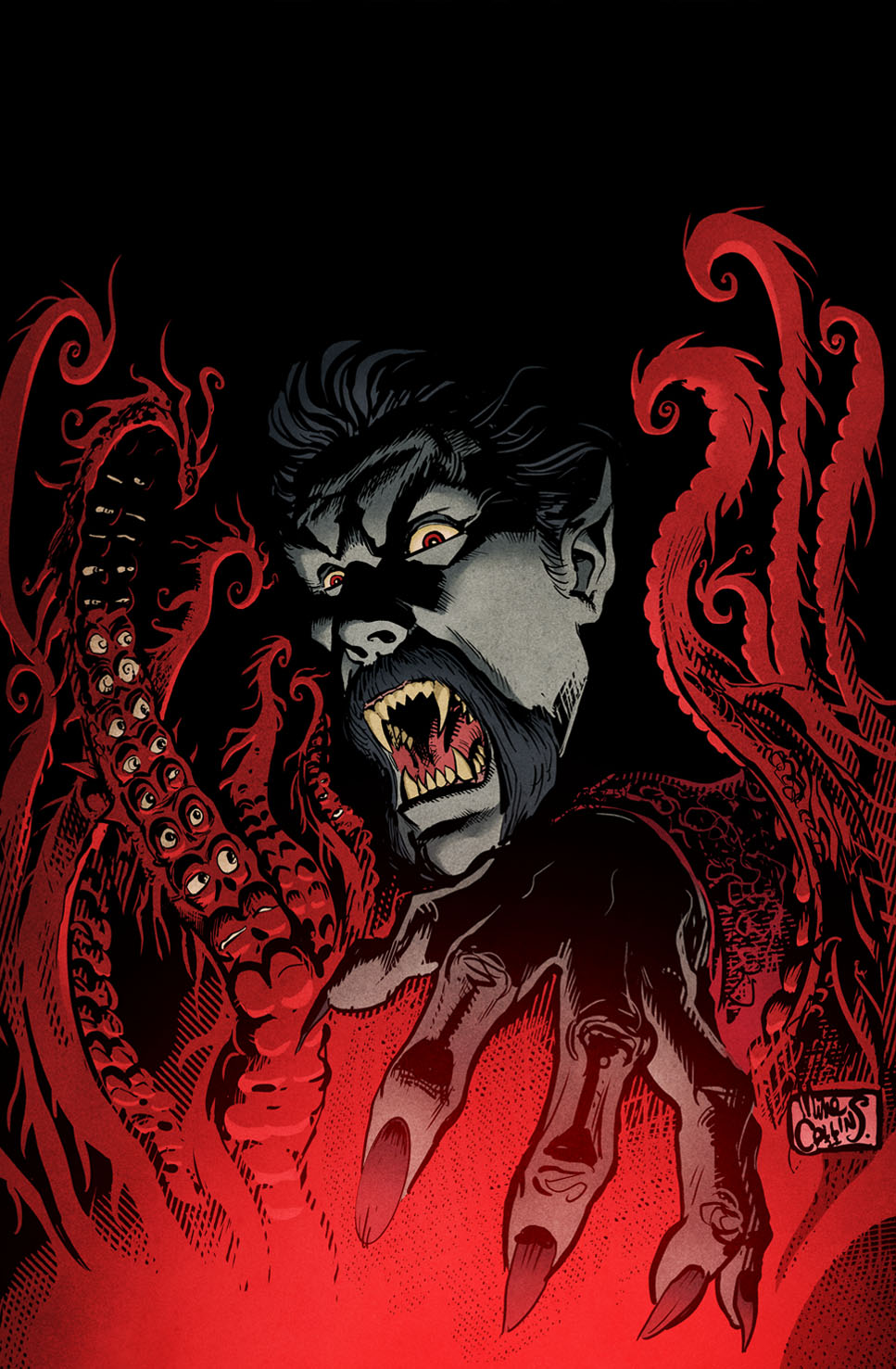
Kaplan: What are some of the challenges you encountered while working on an iconic character like Dracula?
McAuley: It’s really important to Dacre and myself to bring the original and authentic Dracula back to life. You’ve seen countless different versions and offshoots, but this is the real deal. Dacre is an expert on the character and was able to provide valuable insight into the creative mind of Bram. That’s crucial when tackling the real Dracula. We are jointly challenging the pop culture notion of Dracula with the literary figure whose legacy is 125 years strong today.
Kaplan: What was the research process like for this book? When interpreting the Count for comics, have you pulled inspiration from sources other than the original novel (e.g., other Dracula interpretations, Gothic horror stories, Carmilla, etc.)?
Stoker: I have spent the past 12 years scouring the Dracula notes and Bram’s Journal as well as the Dracula Typescript. I am always searching for ideas that Bram had in development that never made it into Dracula or bits that were edited out. This is the type of material that I use when co-authoring books or graphic novels.
McAuley: Reading Bram’s stories and talking through the narratives and character development with Dacre. It’s honestly as simple as that. We used Bram’s notes and the Dracula typescript to craft this story. The graphic novel inserts elements of Bram’s original novel that his publisher removed. This includes characters such as the “4th Bride” and the Abominations who lived in the castle with Dracula. It may surprise many folks reading this, but Dracula originally didn’t reside alone in his castle.
Kaplan: You’ve been studying your family history for about a decade now. How has Dracula‘s influence on popular culture shifted? Why has the story remained so relevant if you feel it has? Have you made any progress on your goal of making Bram Stoker as famous as his book?
Stoker: A great three-part question. The novel Dracula, first written in 1897, presented the world with a very different image of Count Dracula than what appeared on stage and screen with Bela Lugosi in 1924 and 1931, respectively. The Dracula image and persona have evolved dramatically through the hundreds of stage and screen adaptations to resemble a much more human-looking creature than Bram’s animalistic monster. Chris and I decided we needed to re-introduce Dracula fans to Bram’s original Count Dracula.
One reason the novel has stayed relevant today and is recognized as a Classic is that it provides a glimpse into many of the issues of the time that it was written. It is hard to tell which issues Bram meant to stir up and which ones just happened organically, but he certainly struck a nerve: Eastern European “reverse colonization;” repressed sexuality of females; advances of women in society; American wealth and power being introduced into British Society, emerging sciences, and technology butting heads with the old established ways.
I am very proud to say that, yes, I believe that I have been successful in increasing global awareness of Bram Stoker, his life, his writing, and what kind of a person he was. There is now a Bram Stoker Festival in Dublin, Ireland, a bronze bust of Bram in both the Dublin Writers Museum and the Museum of Popular Culture in Seattle, Washington. There are now tours to Transylvania to learn about the real Prince Vlad Dracula and Bram Stoker’s Count Dracula, tours to Whitby England and Cruden Bay Scotland, locations where Bram did his research and writing of Dracula.
Kaplan: What is the StokerVerse? What’s next for the StokerVerse?
McAuley: The StokerVerse is a collected universe with tabletop and video games, novels, comics, audio dramas, and miniature figures, all set in a horror universe inspired by the Stoker family. We have an RPG comic out with Nightfall Games, a video game coming from Spacebot Interactive (a Metroidvania-style title), and a miniature wargame from Trinity Knott Studios.
Kaplan: All the way at the bottom of your bio, it says you worked with William Shatner on a few comics. As a huge Trekkie (who also couldn’t find it online), which ones?
McAuley: LLAP! They were called Man O’War (a series Bill created), published by Tidal Wave. They can be found on Amazon, Scribd, and Comixology.
Kaplan: Why did you decide to crowdfund with Zoop? Can you tell The Beat anything about the Zoop campaign that readers might not be aware of?
Shane Chebsey at Scratch Comics: One of the things we realized about Dracula fans early on when we were building the audience and getting to know them through social media was that this was not typically a group of people who are familiar with the concept of crowdfunding.
Also, many Dracula fans are not your typical comics crowd. With Zoop, the platform for pledging is really straightforward, and the way rewards and add-ons work is a lot more flexible than other platforms, so the experience for the potential backer is more like a standard shop interface, which they are already familiar with. They also offer a very hands-on approach and full customer service, which really suited us.
The other thing we really love about Zoop is that it is pretty much devoted to comics. So the folks already on the platform understand what comics are about, and there is a wonderful crowd of backers on there who really appreciate the medium and love good comics.


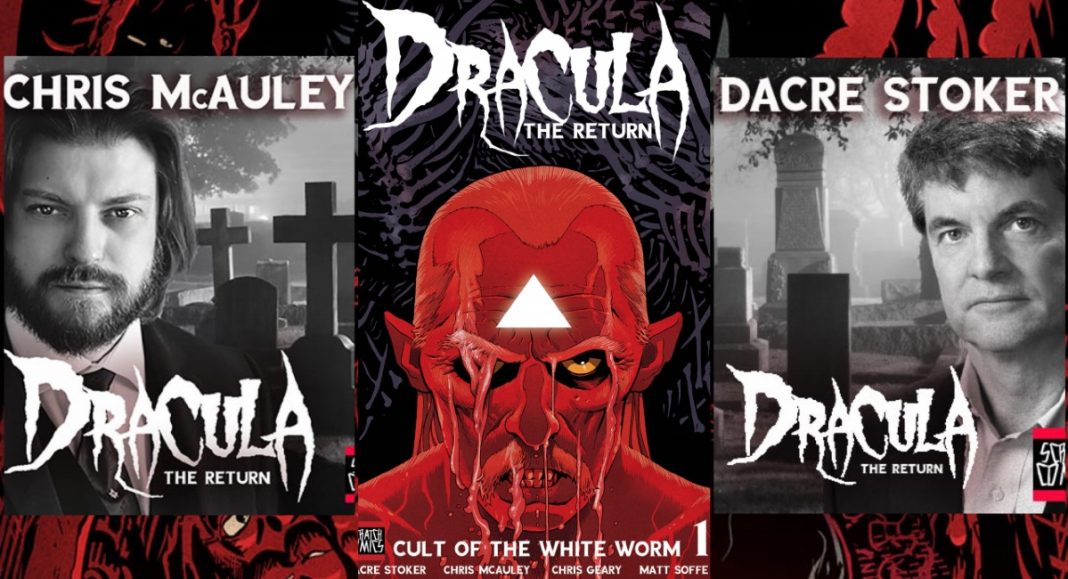
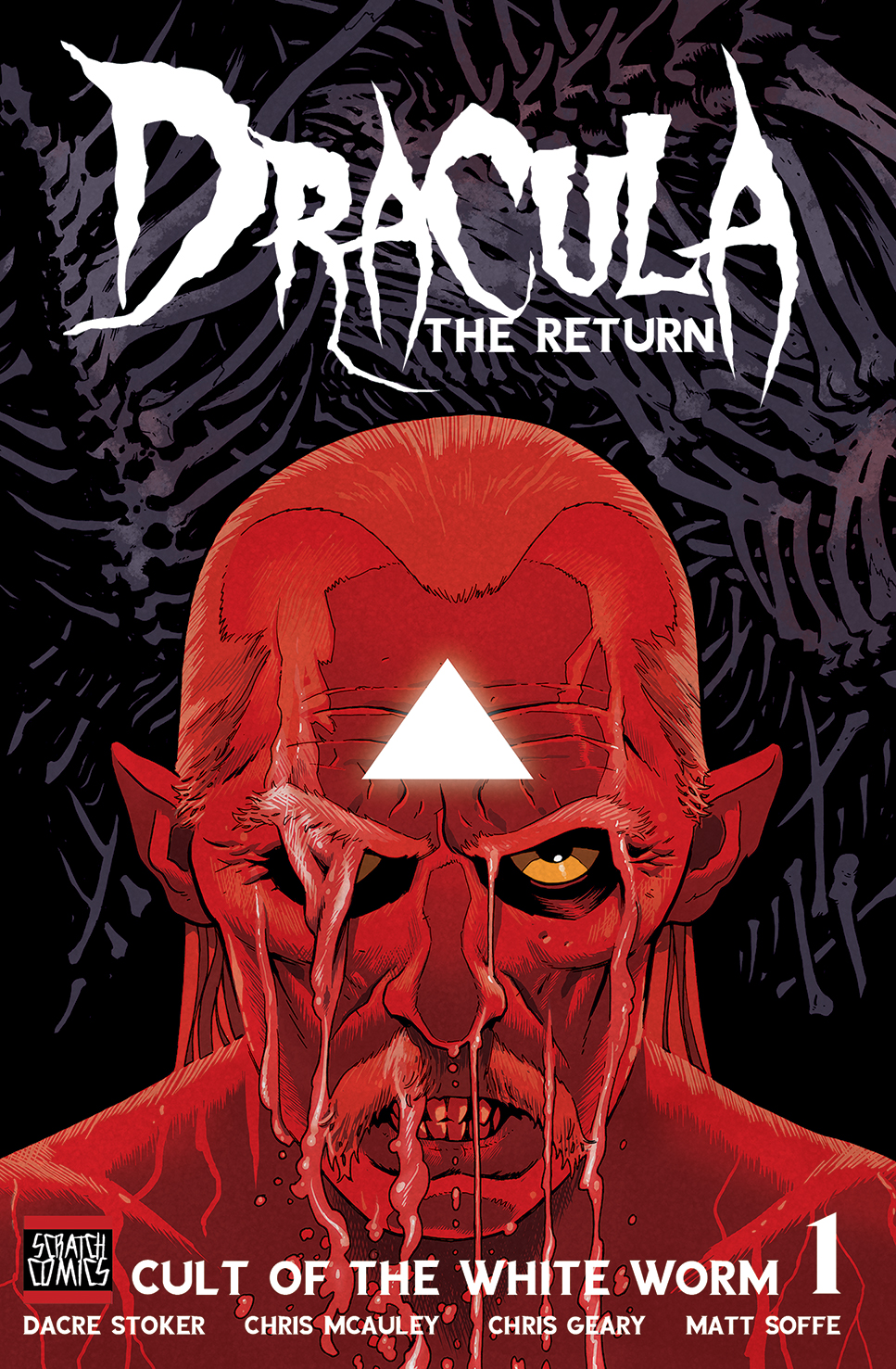
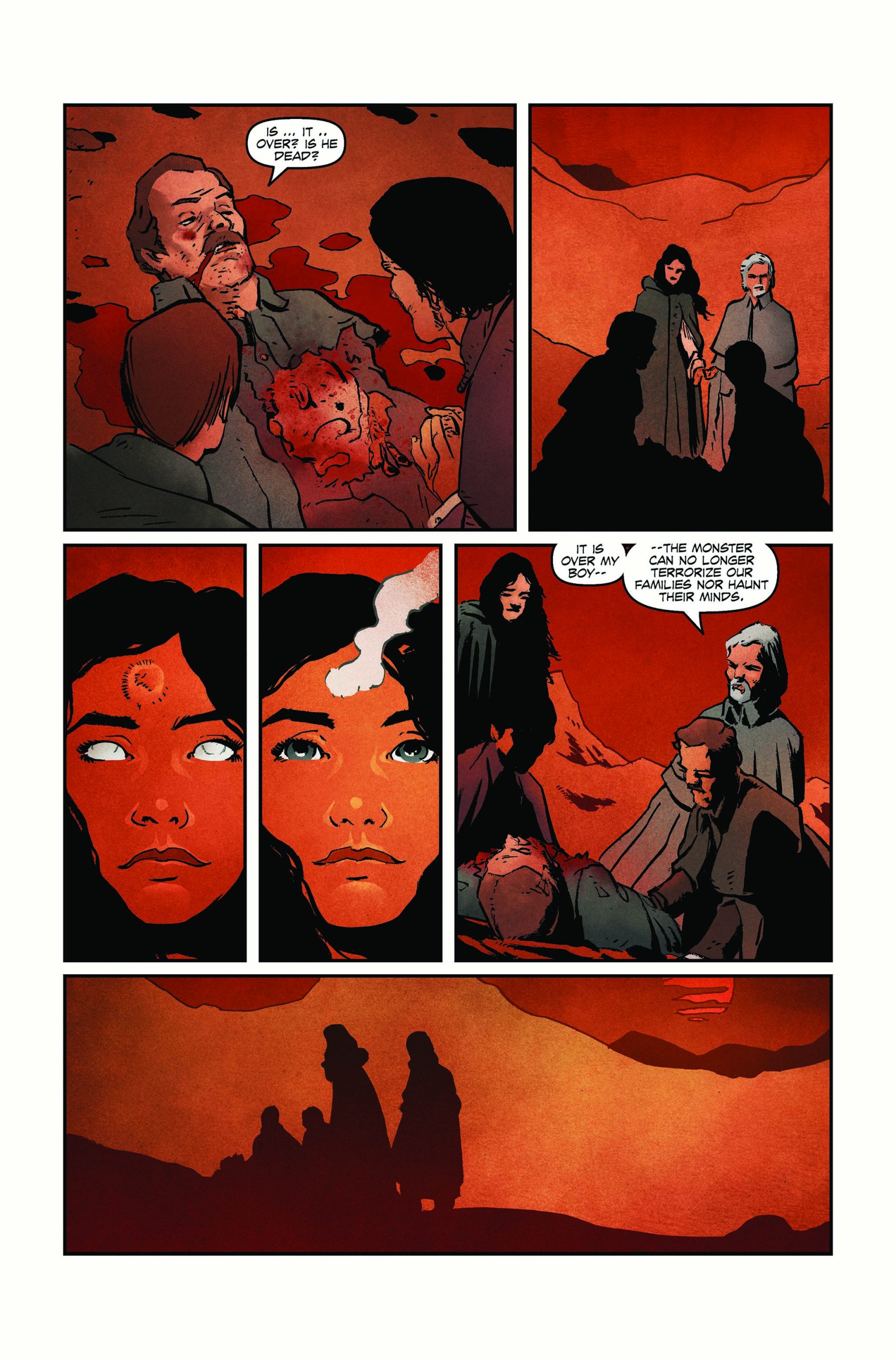
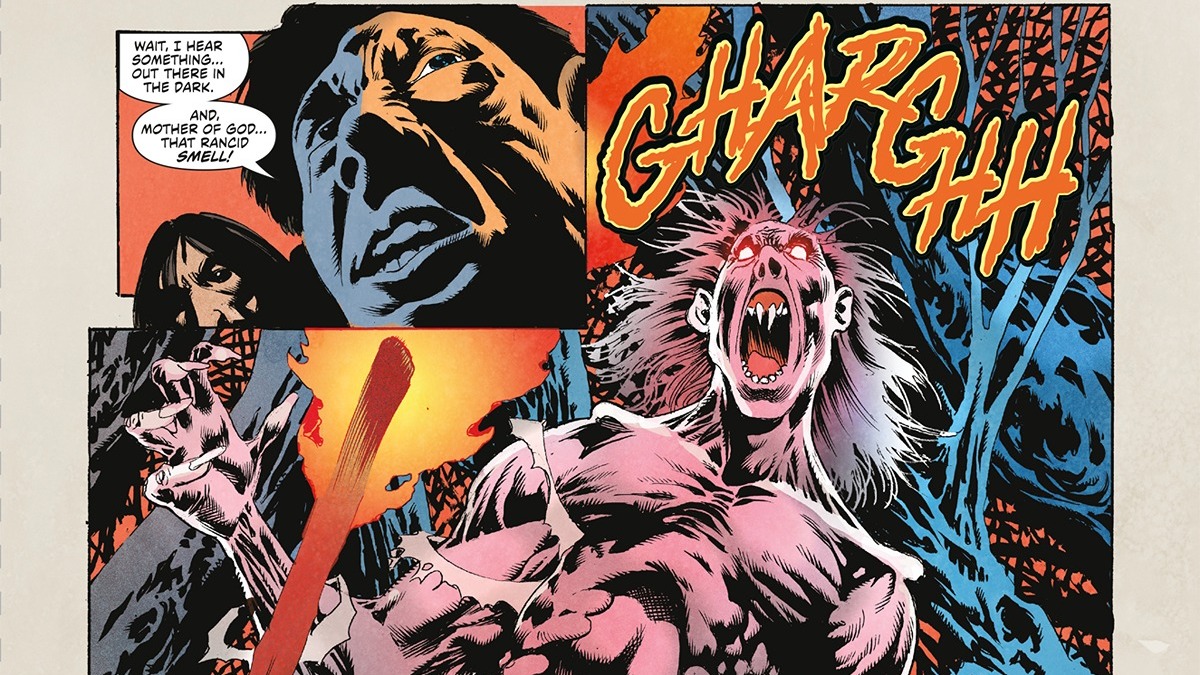




didn’t Clint Stoker beat you to the punch? this dude wasn’t first….
Comments are closed.